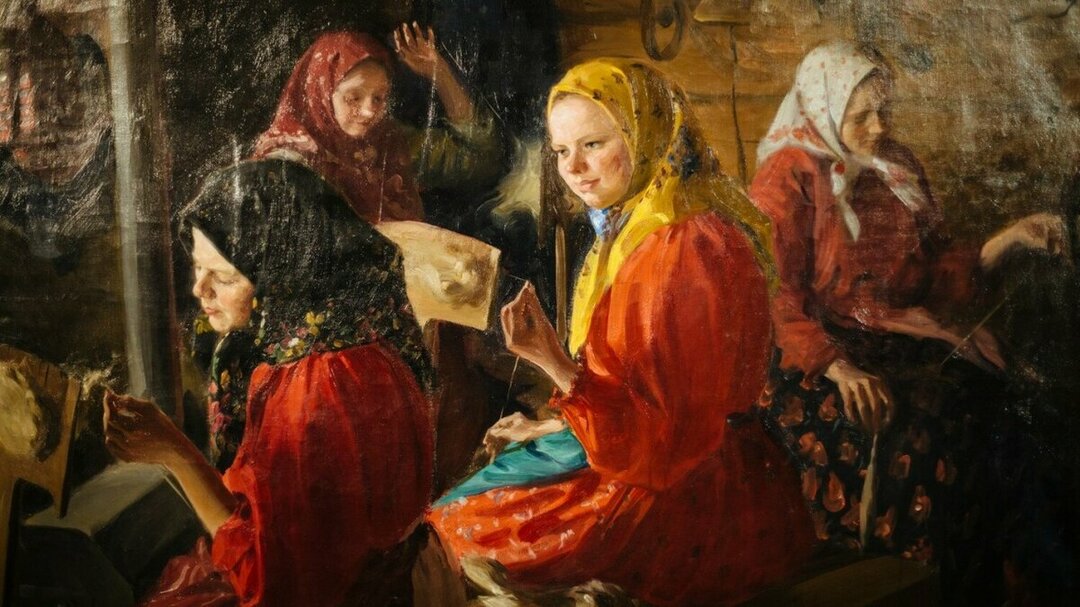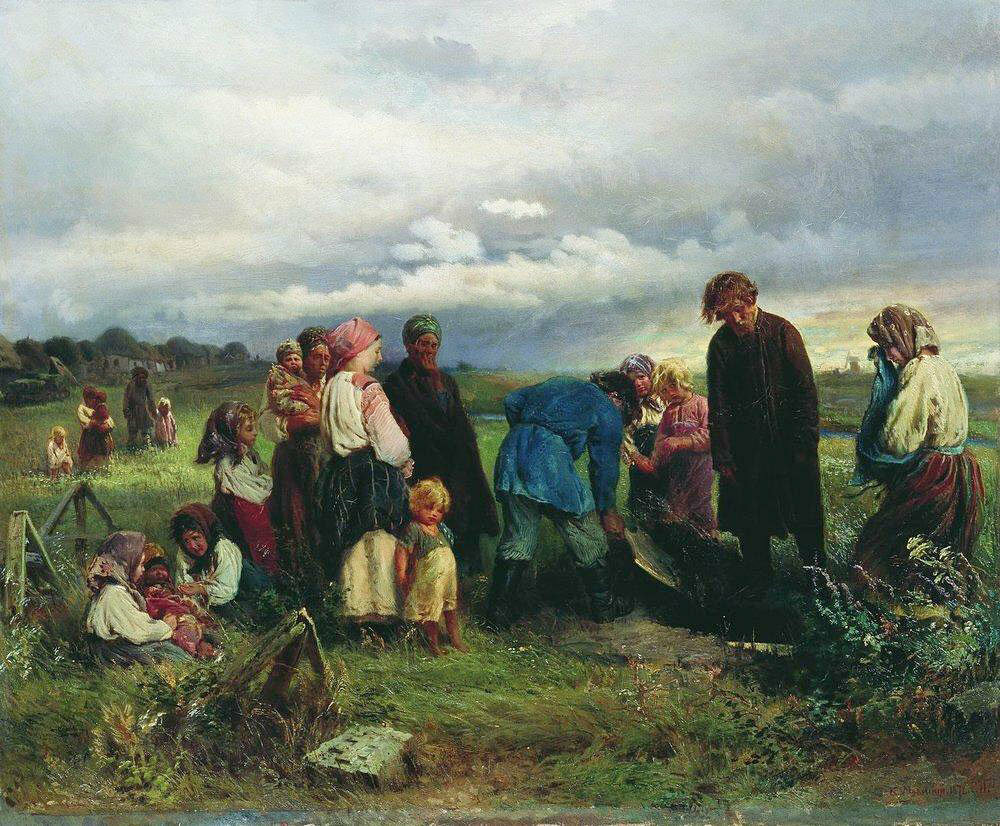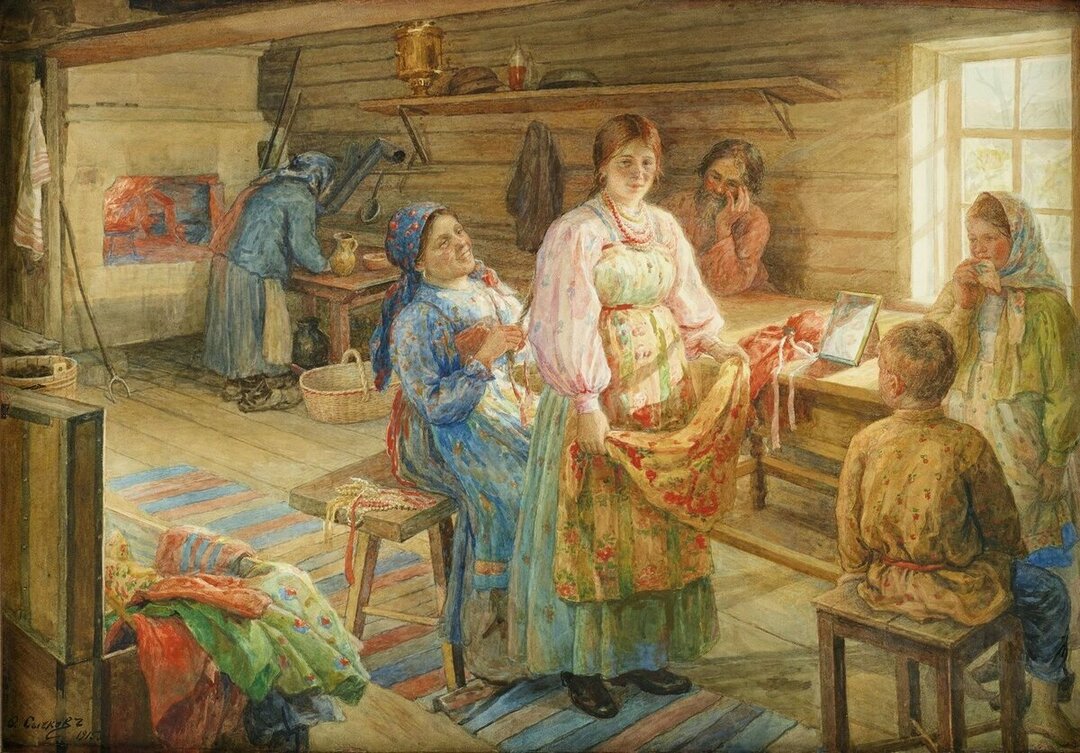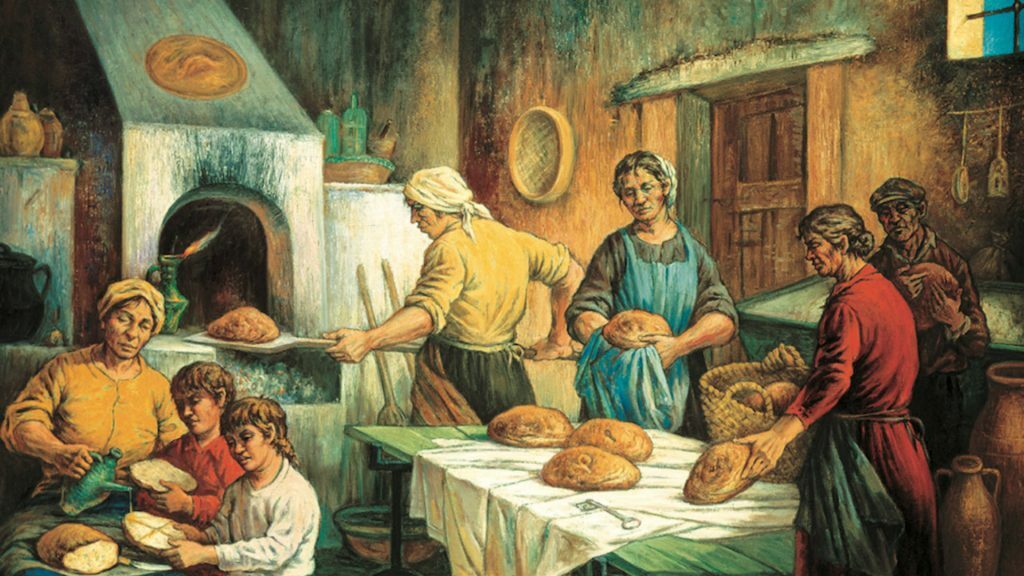In fact, we live in an age of consumerism, when you can only find anything in a landfill. People without regret send many things to the bin, although this is sometimes right - there is no need to turn the house into a warehouse of unnecessary items.
Often, non-working appliances, broken dishes, old upholstered furniture, leaky carpets, boring literature, out-of-fashion clothing are sent to the trash can. Yes, that's right - this is how it should be done, although some of this list could be handed over for processing in order to less pollute the planet. But just such decluttering would have seemed very strange and inappropriate to our ancestors, who knew the price of every grain and every piece of fabric.
By the way, in Rus' since ancient times there has been an unspoken taboo forbidding throwing away some things that are of particular importance to ancestors.

The content of the article
- Clothes of deceased relatives
- Attributes of religion
- Hair and nails
- Scraps of fabric
- Bakery products
Clothes of deceased relatives
Our predecessors believed that the soul of a person in the first 40 days after his death is still somehow connected with the world of the living, but suffers because he has lost his body shell. She wants to go back, yearns for life, but at the same time she will be very upset if one of her relatives touches her things or shifts them to another place. And it doesn’t matter what it can be - clothes, a spoon, a towel, a tool. Touching any things of a deceased person is taboo.
Moreover, it was believed that if something was thrown away at all, then the soul would get angry and take it with it.
According to such beliefs, our ancestors tried not only not to throw away, but not to touch the things of the deceased at all for 40 days after his death. And only then the relatives had to decide where to put them. Valuable items, such as tools, dishes, they left in the house, and they gave clothes to the poor or took them to the church.

@ssoch.ru
Attributes of religion
Such accessories in Rus' have been passed down from generation to generation for many centuries, so it would never have occurred to anyone to throw something away.
Any religious attributes, be it a pectoral cross, an icon, a Bible, were treated extremely respectfully and somehow reverently. The hostesses always made sure that the red corner was kept clean, and even the icons on which the faces of the saints were erased were not subject to disposal.
If something did deteriorate at all, it was not sent to the trash, but, of course, it was taken to the priests.

@billing4.net
Hair and nails
People at all times tried to keep their body clean. Of course, the hair was trimmed, and the beard and nails were cut. But no one ever threw them in the trash. It was believed that they are a part of a person that has its own energy and strength, therefore neither hair nor nails left where someone else could pick them up, especially if he wanted something for this person bad and evil.
However, they were not kept in the house. Disposal represented several ways: bury in the ground, burn, hide in a hard-to-reach place.

Scraps of fabric
Small pieces of different materials were also not thrown away. They were collected and even sorted - according to the same size or color. When enough was collected, women could sew a blanket, rug or bedspread, which they used to decorate their huts.
Worn-out adult things were changed into children's clothes, if at least most of the clothes were preserved. And the one that was worn down to holes was allowed to wash the floor.

@lotsearch.net
Bakery products
Most likely, many of us throw dried bread in the trash can. But in Rus' this would never happen. At that time, bread meant a huge and backbreaking work of both men and women, and therefore the people of that time knew the value of every crumb - bread never remained and was eaten whole without a trace.
If it was stale, then it was soaked in water, milk or kvass and other dishes were prepared from it, for example, babka or loaf. Completely spoiled pieces were given to livestock or birds.

@news.myseldon.com

